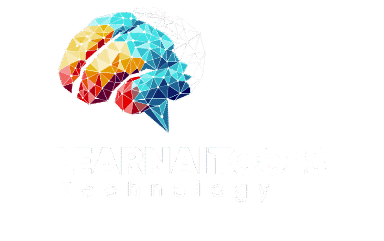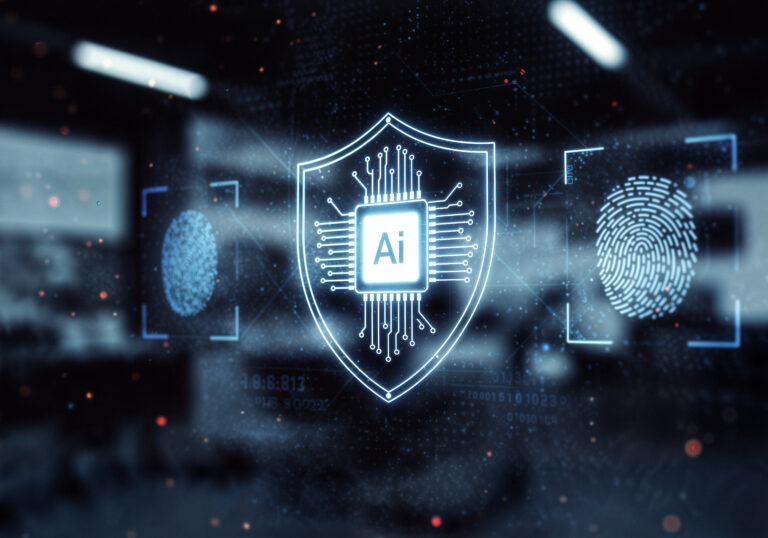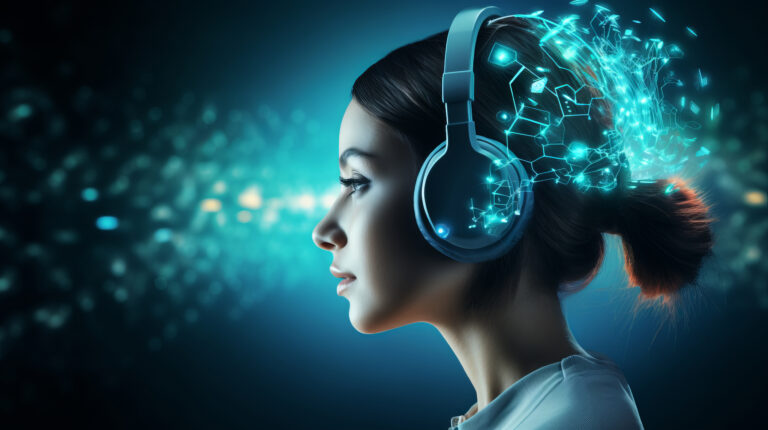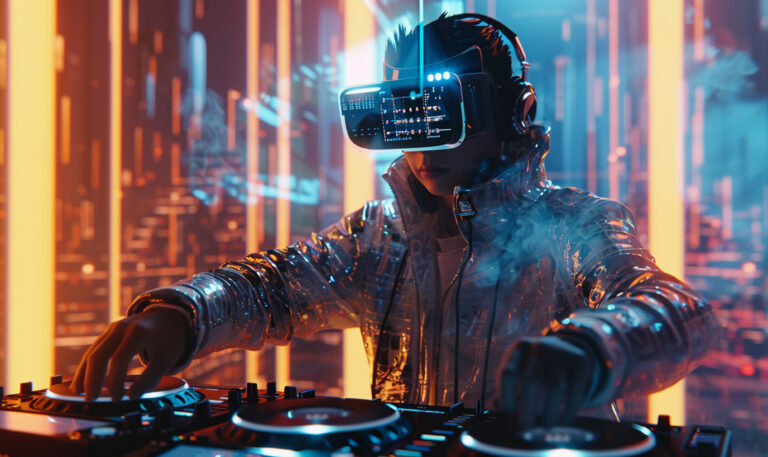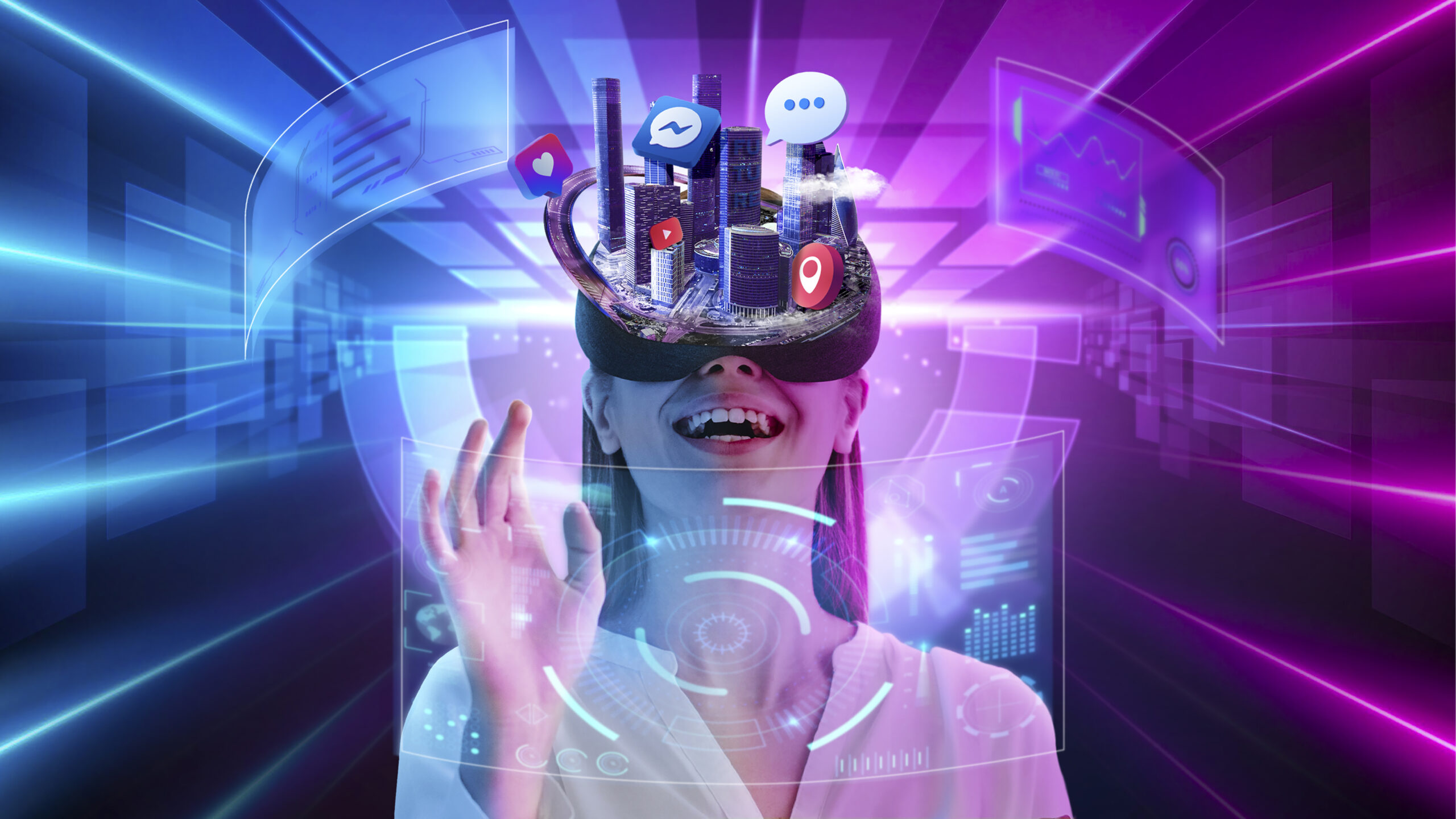
AI Accessibility 2025: Breaking Barriers with Technology
Introduction
AI Accessibility 2025 is not just a technological trend—it is a social revolution. As we move deeper into the digital age, artificial intelligence is emerging as a key enabler of inclusivity, allowing people of all abilities to participate fully in education, work, and daily life. By 2025, AI is shaping accessibility in ways we never imagined, removing barriers that once held millions back. From visually impaired users navigating websites with voice assistance to AI-driven tools translating sign language in real time, accessibility is becoming more natural and empowering.
AI Accessibility 2025 and Education
AI Accessibility 2025 begins in the classroom. Children with learning disabilities, hearing challenges, or visual impairments are no longer excluded from mainstream education. AI-powered reading assistants help dyslexic students decode text, while captioning tools provide real-time subtitles for lectures. Smart tutoring systems adapt content to each learner’s pace and style, making education more inclusive. This transformation ensures that no child is left behind because of physical or cognitive limitations.

AI Accessibility 2025 in the Workplace
AI Accessibility 2025 is also changing the way people work. Companies are adopting AI-driven transcription tools that convert speech to text for hearing-impaired employees, while screen readers powered by natural language processing provide smoother navigation for visually impaired professionals. AI assistants help people with motor disabilities complete tasks using voice or gesture commands, enabling them to work independently. In short, AI is turning workplaces into inclusive spaces where ability is no longer a barrier to opportunity.
AI Accessibility 2025 and Healthcare
AI Accessibility 2025 is revolutionizing healthcare by making medical services more accessible. AI chatbots provide 24/7 health guidance for patients with limited mobility. Wearable devices powered by AI track health vitals and alert caregivers in emergencies, especially benefiting elderly and disabled individuals. Moreover, AI-driven diagnostic tools can simplify complex reports into easy-to-understand summaries, ensuring patients are empowered to take control of their health.
AI Accessibility 2025 for Communication
AI Accessibility 2025 is bridging communication gaps like never before. Real-time AI translators allow people with speech impairments to communicate smoothly using predictive text or synthesized voices. Sign language recognition powered by computer vision is being integrated into smartphones, enabling seamless interaction between deaf individuals and the hearing community. These innovations not only empower people but also foster empathy and understanding across society.
AI Accessibility 2025 and Everyday Life
AI Accessibility 2025 extends beyond schools, workplaces, and hospitals into daily routines. Smart homes equipped with AI allow people with disabilities to control lights, appliances, and doors through voice commands or eye-tracking systems. Navigation apps powered by AI provide step-by-step guidance for visually impaired pedestrians, highlighting safe routes and real-time hazards. With these advancements, independence is no longer a dream—it is reality.
Challenges in AI Accessibility 2025
Despite progress, AI Accessibility 2025 faces challenges such as affordability, data privacy, and the digital divide. Many AI-powered accessibility tools remain costly, limiting access for low-income users. Privacy concerns also arise when personal health or disability data is collected. Additionally, in developing countries, lack of internet infrastructure restricts the adoption of AI solutions. Overcoming these hurdles requires global cooperation, ethical frameworks, and inclusive policies.
AI Accessibility 2025 and a More Inclusive Future
AI Accessibility 2025 shows that technology can be a force for equality. By 2025, AI-driven accessibility tools are no longer luxuries—they are necessities embedded in education, work, healthcare, and daily living. Governments, companies, and innovators are working together to ensure no one is excluded from the opportunities of the digital age.
Conclusion
AI Accessibility 2025 is more than a technological milestone—it is a human one. It proves that artificial intelligence can go beyond efficiency and convenience to serve a higher purpose: inclusion. By breaking barriers and empowering individuals of all abilities, AI is creating a world where accessibility is not an afterthought but a fundamental right. The journey ahead is about ensuring that every innovation contributes to a future where equality and opportunity are shared by all. Learn more about how AI is transforming lives at Learn Ai Tools.
